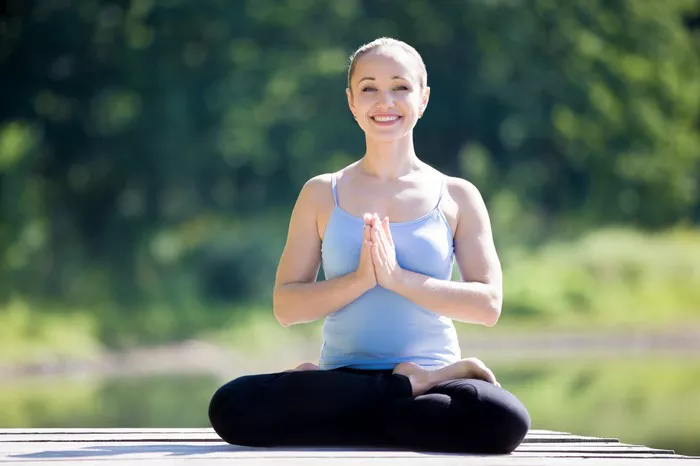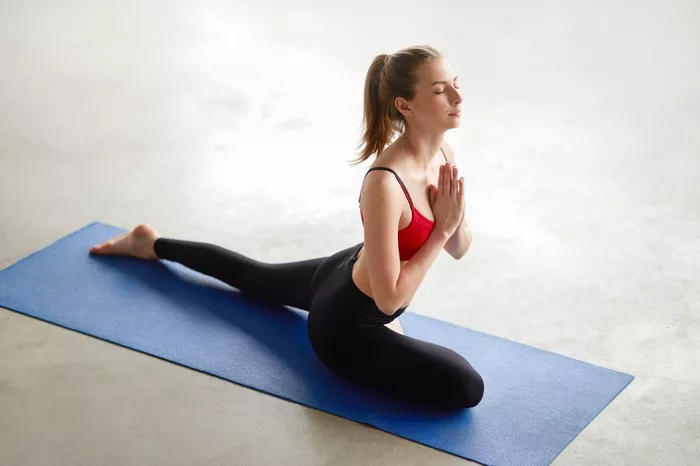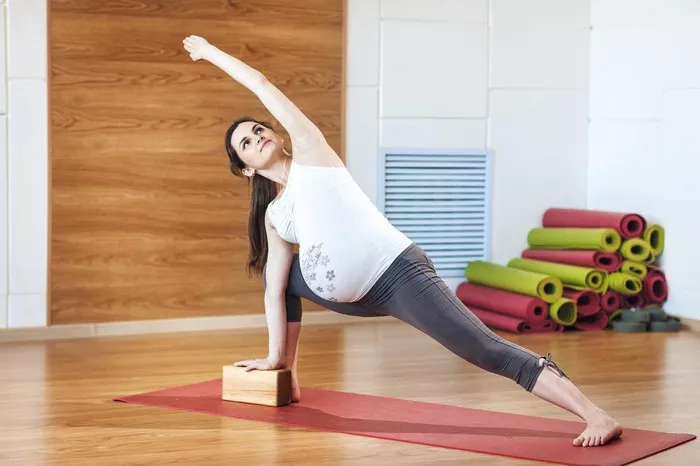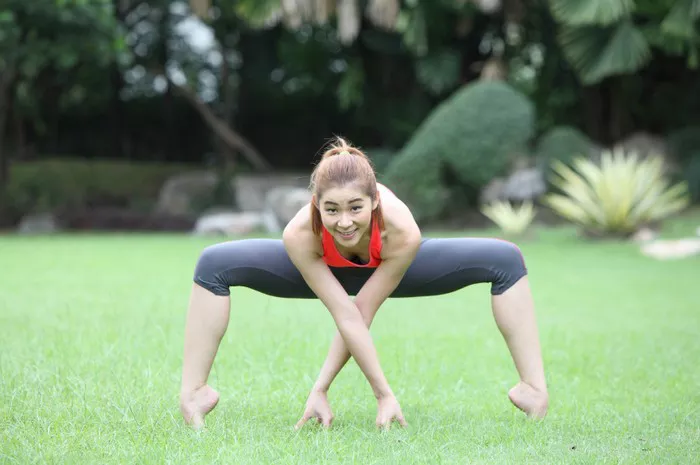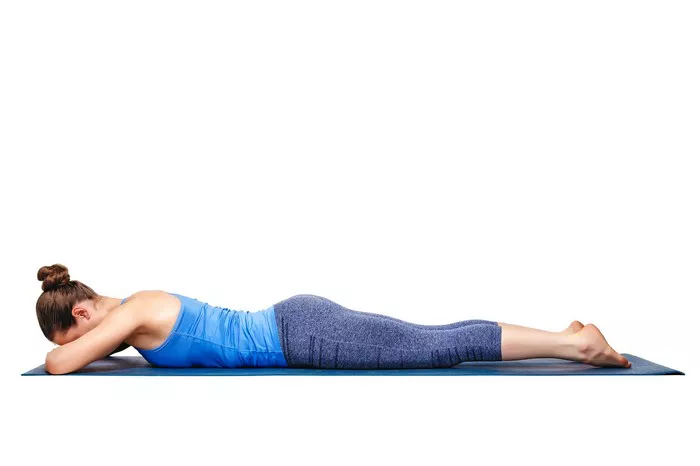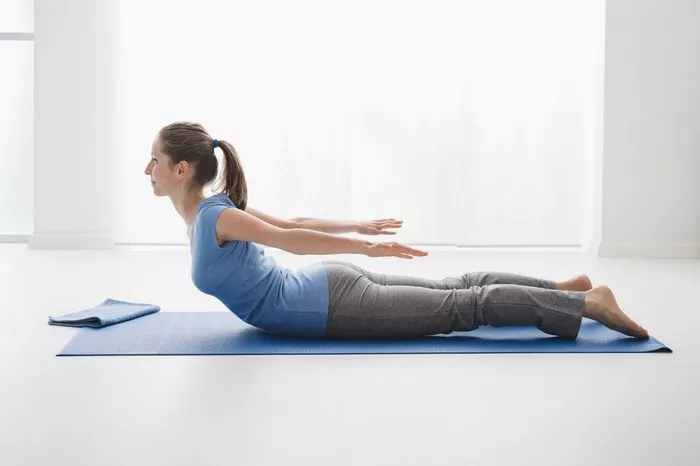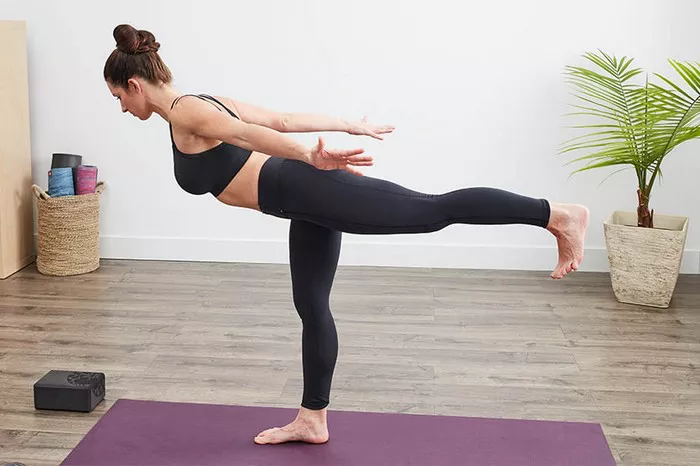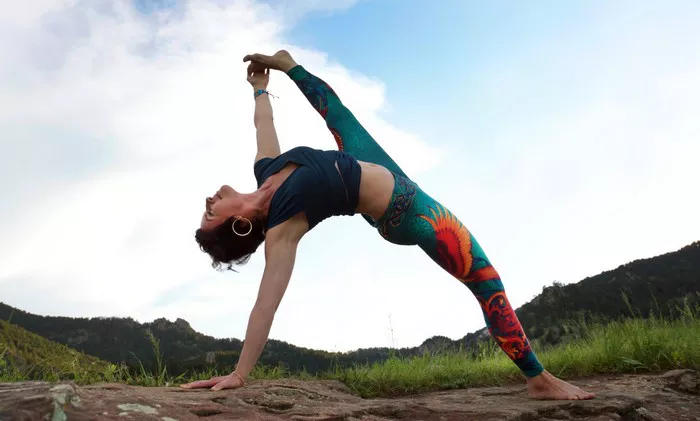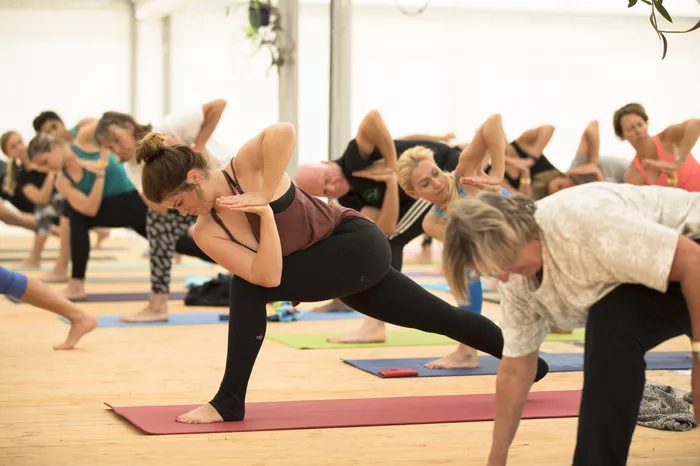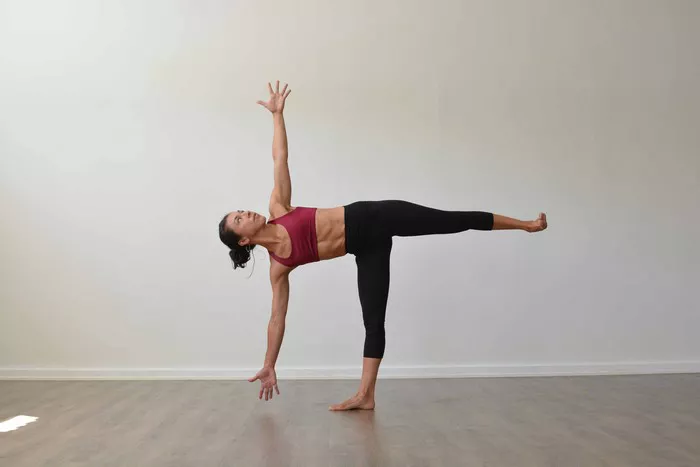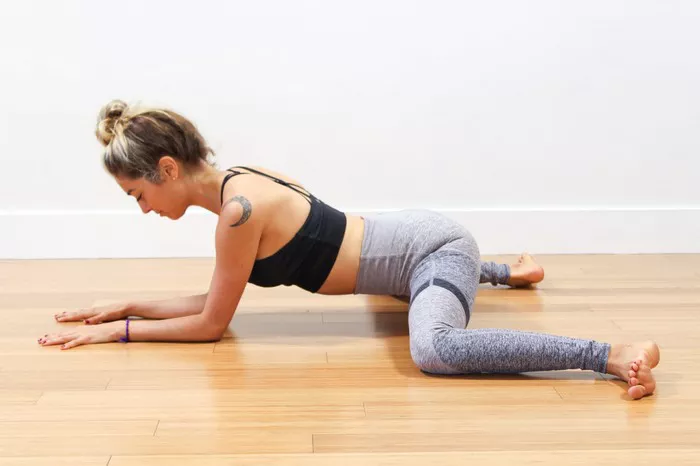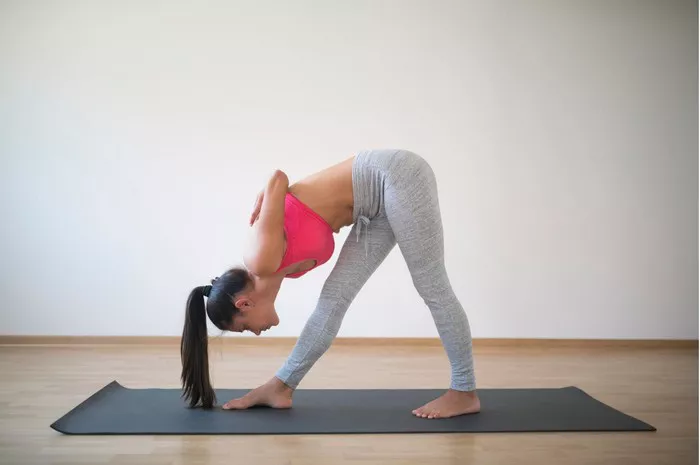Sciatica refers to pain that radiates along the path of the sciatic nerve, which runs from the lower back through the hips and buttocks and down each leg. It typically occurs when the sciatic nerve is compressed or irritated, often due to a herniated disk, bone spur, or spinal stenosis. Symptoms include sharp pain, tingling, numbness, and muscle weakness. The discomfort can be debilitating, affecting daily activities and mobility.
Yoga, an ancient practice that combines physical postures, breathing exercises, and mindfulness, is often recommended for its ability to increase flexibility, improve posture, and reduce stress. However, when it comes to sciatica, not all yoga practices are beneficial. The key is to approach yoga with an informed understanding of your condition and to choose poses that support healing rather than exacerbate pain.
Benefits of Yoga for Sciatica Relief
Practicing yoga can offer numerous benefits for people dealing with sciatica, provided it is done correctly. Yoga promotes flexibility and strength in the muscles supporting the spine and pelvis, which can alleviate pressure on the sciatic nerve. Additionally, the mindfulness aspect of yoga helps reduce stress, which can indirectly lower pain perception.
Some of the most common benefits of yoga for sciatica include:
- Improved posture and spinal alignment
- Reduced muscle tension and spasms
- Enhanced blood circulation
- Better core strength and stability
- Decreased inflammation and stress
These benefits contribute to overall pain management and functional improvement. It is essential, however, to ensure that the yoga practice is tailored to individual needs and limitations.
Precautions Before Starting Yoga for Sciatica
Before starting yoga for sciatica, it is crucial to consult with a healthcare provider to understand the underlying cause of your symptoms. Sciatica can be a symptom of various spinal conditions, and the wrong type of movement might worsen the problem. A physical examination and imaging tests can help determine whether yoga is appropriate for your situation.
Here are a few key precautions to keep in mind:
- Avoid High-Impact Movements: Any pose or movement that puts excessive strain on the lower back or involves jerking motions should be avoided.
- Listen to Your Body: Pain is a signal that something isn’t right. Never push through sharp or radiating pain during yoga.
- Start Slowly: Begin with gentle poses and gradually increase intensity as your body adapts.
- Use Props: Blocks, straps, and bolsters can help support proper alignment and prevent strain.
- Modify Poses: Customize poses to suit your flexibility and comfort level. Do not mimic advanced poses without guidance.
Recommended Yoga Poses for Sciatica
Certain yoga poses can help relieve sciatic pain by stretching and strengthening muscles that may contribute to nerve compression. These poses focus on the lower back, hips, and hamstrings, promoting mobility and reducing tension.
Child’s Pose (Balasana)
- Gently stretches the lower back and hips.
- Promotes relaxation and reduces stress.
Cat-Cow Pose (Marjaryasana-Bitilasana)
- Enhances spinal flexibility.
- Loosens tight back muscles.
Cobra Pose (Bhujangasana)
- Strengthens the lower back.
- Encourages spinal extension.
Bridge Pose (Setu Bandhasana)
- Activates glutes and core.
- Supports lumbar spine alignment.
Reclining Pigeon Pose (Supta Kapotasana)
- Opens the hips and relieves pressure on the sciatic nerve.
These poses should be performed with care, focusing on breath and alignment. A yoga instructor with experience in therapeutic yoga can provide essential guidance and adjustments.
Yoga Poses to Avoid With Sciatica
While some yoga poses can provide relief, others may aggravate the condition. Knowing which poses to avoid is just as important as knowing which to practice.
- Forward Bends (Seated or Standing): These can increase pressure on the lower back and sciatic nerve.
- Twisting Poses: Deep spinal twists may exacerbate nerve compression.
- Leg-behind-the-head Poses: These extreme stretches can irritate the sciatic nerve.
- High-impact Backbends: Overextension of the spine can lead to increased inflammation.
Avoiding these poses or modifying them significantly is advisable. If you’re practicing in a class, inform your instructor about your condition so they can suggest alternatives.
Creating a Safe and Effective Routine
Creating a yoga routine for sciatica relief requires attention to body mechanics, duration, and intensity. The goal is to build a consistent, gentle practice that supports healing. A balanced routine should include warm-up movements, core strengthening, gentle stretches, and a cool-down period.
A sample routine might look like this:
Warm-Up (5-10 minutes)
- Gentle seated breathing
- Cat-Cow sequence
Main Sequence (15-20 minutes)
- Child’s Pose
- Cobra Pose
- Bridge Pose
- Reclining Pigeon Pose
Cool-Down (5 minutes)
- Legs-up-the-wall (Viparita Karani)
- Savasana (Corpse Pose)
Practice 3-4 times a week, and gradually increase as tolerated. Keep each pose for 20-30 seconds, breathing deeply and avoiding any discomfort.
When to Stop or Modify Your Practice
Not all days will feel the same, especially when dealing with a nerve-related condition like sciatica. It’s important to know when to stop or adjust your yoga practice. Signs that you should pause or modify include:
- Sharp, stabbing, or radiating pain during or after a pose
- Numbness or tingling in the legs that worsens
- Muscle weakness
- Increased lower back stiffness or discomfort
In these cases, it’s wise to rest and consult with a medical professional. You might need to work with a physiotherapist or therapeutic yoga instructor to modify your routine safely.
Combining Yoga With Other Treatments
Yoga works best when used as part of a holistic approach to sciatica management. Depending on the underlying cause, combining yoga with other treatments can accelerate recovery and enhance outcomes.
Common complementary treatments include:
- Physical Therapy: Helps with targeted strengthening and mobility.
- Massage Therapy: Relieves muscle tension and improves circulation.
- Chiropractic Care: Realigns the spine to relieve nerve pressure.
- Pain Medications: Useful for managing acute flare-ups.
- Heat and Ice Therapy: Reduces inflammation and relaxes muscles.
Always consult your healthcare provider to create a multi-disciplinary plan tailored to your needs.
Psychological Benefits of Yoga for Sciatica
Chronic pain can take a toll on mental health. Yoga offers not just physical relief but also psychological benefits that can support emotional well-being. Practices like meditation, pranayama (breath control), and mindfulness are integral parts of yoga and can help reduce anxiety, depression, and stress commonly associated with chronic pain.
Engaging in regular yoga practice creates a sense of agency and control over one’s health. It fosters body awareness, improves mood, and supports better sleep, all of which contribute to overall recovery and quality of life.
Conclusion
Yes, yoga can be beneficial for sciatica when approached with caution, knowledge, and personalization. It helps strengthen supportive muscles, improve flexibility, and manage stress. However, it’s not a one-size-fits-all solution. The effectiveness of yoga depends on the underlying cause of sciatica and how the practice is tailored to individual needs.
Before beginning any yoga routine, consult a healthcare professional, start with gentle poses, and listen to your body. Avoid any movement that worsens symptoms and consider seeking guidance from a qualified yoga therapist or instructor. With the right approach, yoga can be a powerful tool in managing and alleviating sciatica symptoms.
FAQs
Q: Can yoga cure sciatica completely?
A: Yoga can alleviate symptoms and improve quality of life, but it may not cure sciatica if the root cause is structural or severe. It’s best used as part of a comprehensive treatment plan.
Q: How often should I do yoga for sciatica relief?
A: Start with 2-3 sessions per week and gradually increase frequency as tolerated. Consistency is key, but rest days are equally important.
Q: Should I avoid all forward bends in yoga?
A: Not all forward bends are harmful, but deep or unsupported forward folds can aggravate symptoms. Always modify poses based on your comfort level and consult a professional if unsure.
Q: What type of yoga is best for sciatica?
A: Gentle styles like Hatha, Restorative, or Iyengar yoga are best suited for sciatica due to their focus on alignment, slow movements, and use of props.
Q: Can I do yoga during a sciatica flare-up?
A: It depends on the severity of the flare-up. Gentle stretching and breathing exercises may help, but it’s crucial to avoid any movements that increase pain. Consult your healthcare provider for personalized advice.
Related Topics:

